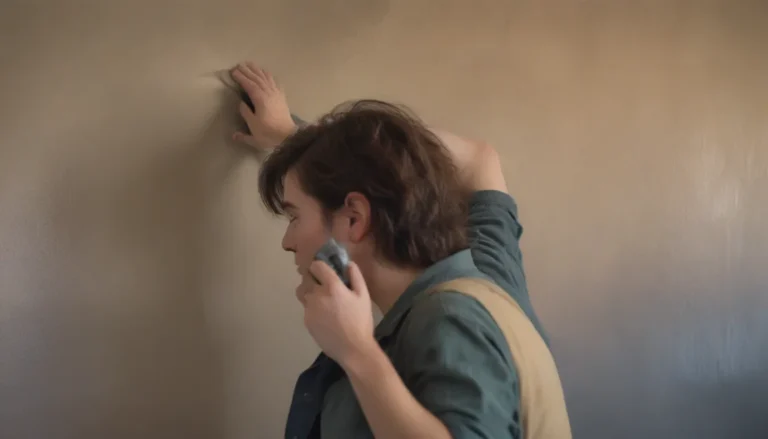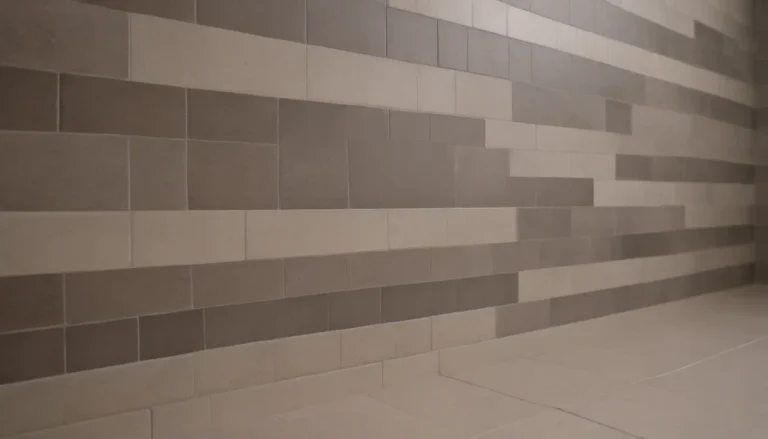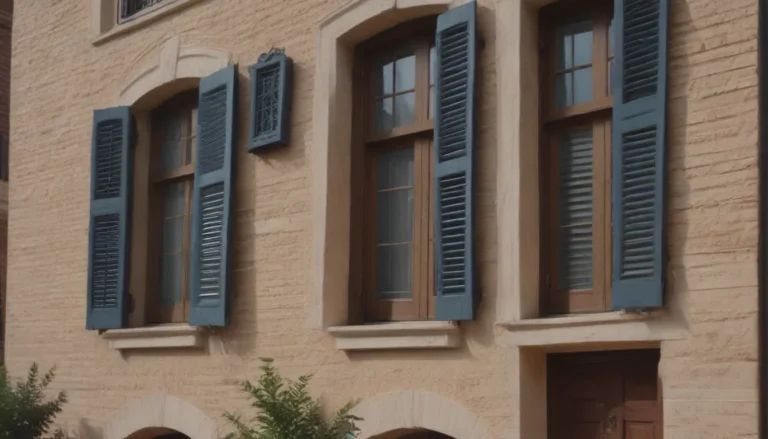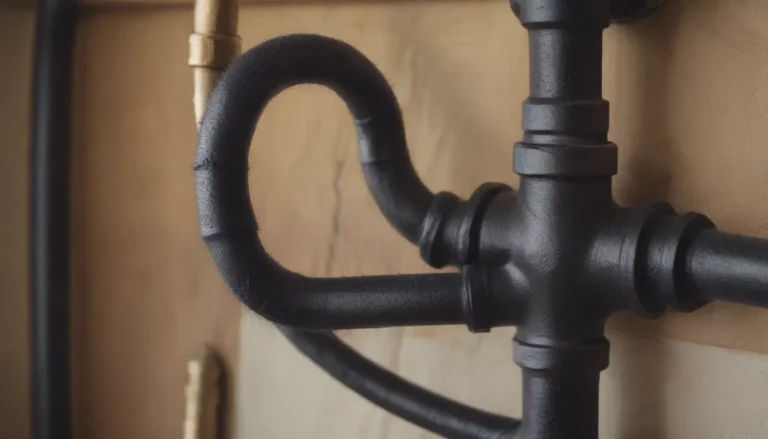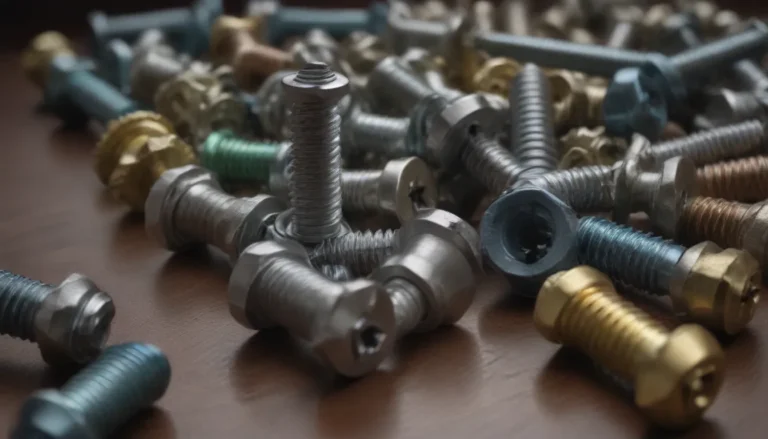Everything You Need to Know About Asbestos Siding
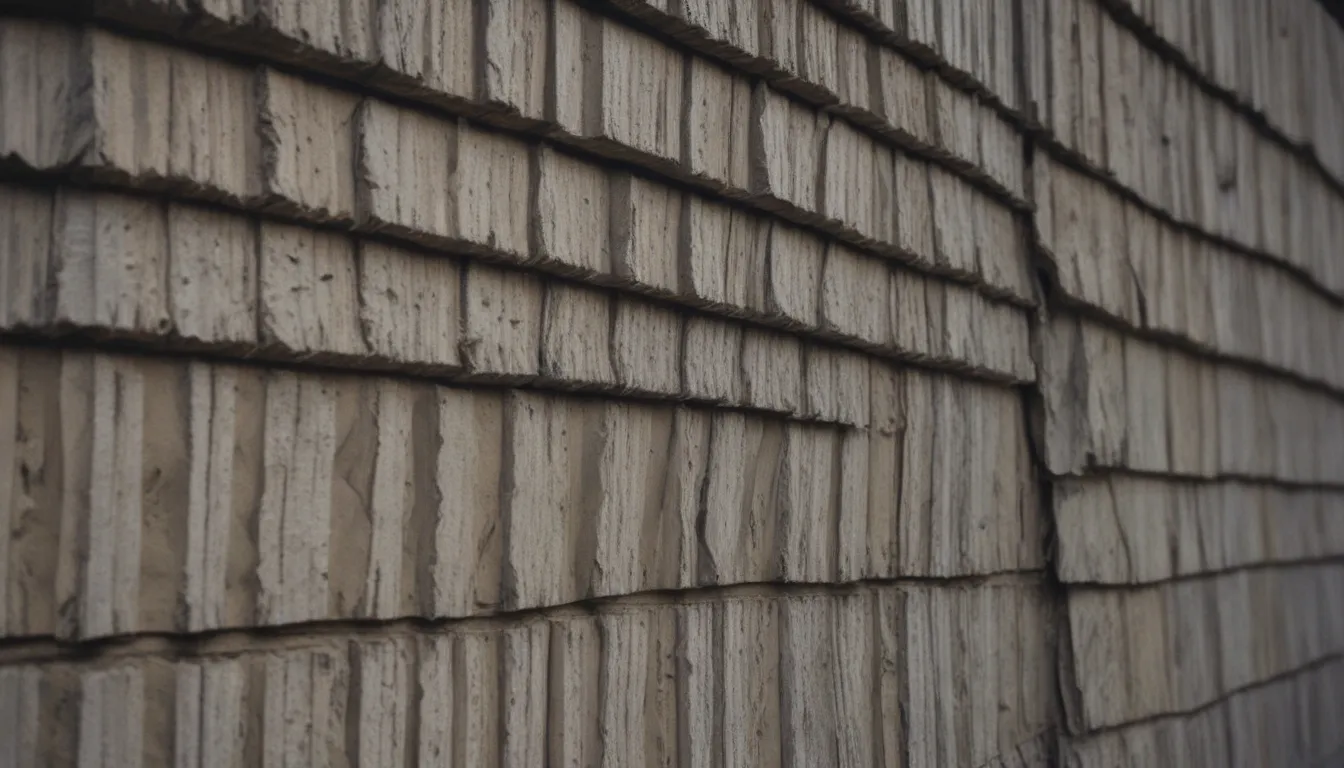
When it comes to home maintenance, learning that your siding contains asbestos can be a cause for concern. Asbestos is a mineral known for its health risks, so it’s natural to worry about the safety of your home. However, when it comes to asbestos siding, the situation is not as straightforward as it may seem. In this comprehensive guide, we’ll delve into the world of asbestos-cement siding to give you all the information you need to make informed decisions about your home’s exterior.
Understanding Asbestos-Cement Siding
Asbestos-cement siding is a type of siding shingle that consists of Portland cement reinforced with asbestos fibers. The asbestos fibers are added to the cement to provide strength and durability to the material. While asbestos is fireproof and can help limit the spread of fire, it’s important to note that asbestos siding should not be considered as a fireproofing solution for your home.
Warning!
Disturbing asbestos-containing materials can release harmful fibers into the air, posing a health risk if inhaled or ingested. In cases where asbestos siding needs to be removed, extreme caution and special techniques are required to minimize exposure to these fibers.
How to Identify Asbestos Siding
Identifying asbestos siding can be done through visual inspection or by sending a sample to a laboratory for testing. It’s essential to confirm the presence of asbestos before taking any action to ensure the safety of you and your family.
Asbestos Siding vs. Fiber-Cement Siding
Fiber-cement siding is a modern alternative to asbestos siding that resembles its predecessor but contains no asbestos. When handling damaged asbestos siding, it’s recommended to replace it with fiber-cement siding for a safer and more environmentally friendly solution.
Pros and Cons of Asbestos-Cement Siding
Pros:
– Fire-resistant
– Resists insects and rotting
– Textures simulate wood grain
– Easy to clean and maintain
– Less porous than wood
Cons:
– Chips and cracks easily
– Damaged by pressure washing
– Hazardous if broken
– Replacements difficult to find
– Should not be refurbished
While asbestos-cement siding has its advantages, it is crucial to handle it with care due to the health risks associated with asbestos exposure.
History of Asbestos-Cement Siding
Asbestos cement was first developed in 1905 and became a popular building material due to its durability and fireproof properties. Brands like Johns-Manville and Flintkote were pioneers in producing asbestos-cement materials. However, as the health risks of asbestos became known, the use of asbestos-containing products decreased, leading to safer alternatives being developed.
Health Risks of Asbestos Siding
Asbestos fibers are known to cause serious health issues when inhaled or ingested. Exposure to asbestos has been linked to lung diseases and various types of cancer. It’s crucial to handle asbestos-containing materials with caution to prevent health risks for you and your family.
Removing or Dealing with Asbestos Siding
If you decide to remove asbestos siding, it’s important to hire a certified asbestos abatement company to handle the process safely. However, in many cases, covering over the asbestos siding with new siding is a preferred method to avoid disturbing the hazardous material. Most siding companies are equipped to cover existing asbestos-cement siding with safer alternatives like vinyl, aluminum, or fiber-cement siding.
Note:
Cutting, sanding, or breaking asbestos-cement tiles should be avoided to prevent the release of harmful fibers. Hiring a professional asbestos abatement company is recommended for any removal or handling of asbestos-containing materials.
Conclusion
While asbestos siding may present health risks if mishandled, it doesn’t necessarily mean your home is a danger zone. By understanding the basics of asbestos-cement siding and taking the appropriate precautions, you can ensure the safety and well-being of your household. Whether you choose to remove the siding or opt for covering it with a new material, prioritizing safety is key when dealing with asbestos-containing materials.
Remember, when it comes to asbestos siding, knowledge is power. Stay informed, stay safe, and make decisions that prioritize the health of you and your loved ones.
References:
– Asbestos in the Home. U.S. Consumer Product Safety Committee.
– Asbestos Cement Siding Inspection. International Association of Certified Home Inspectors.
– EPA Actions to Protect the Public from Exposure to Asbestos. U.S. Environmental Protection Agency.
– Asbestos and your health. Agency for Toxic Substance and Disease Registry.
